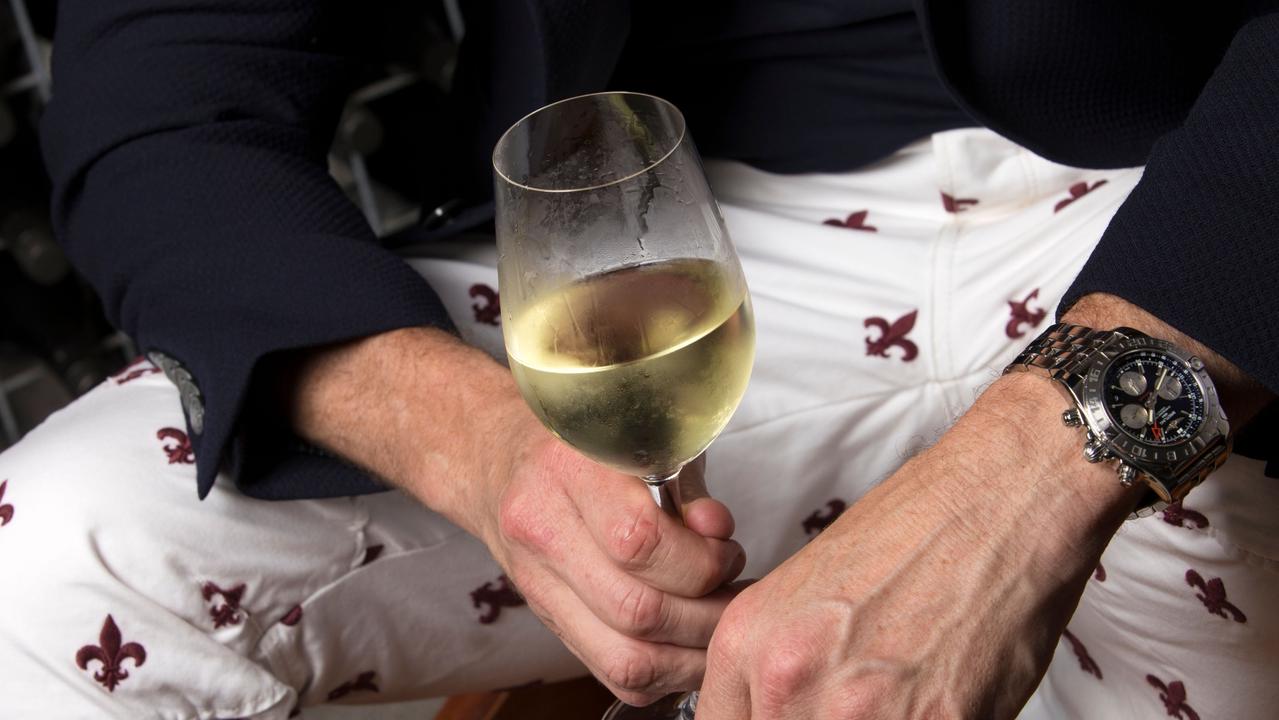Sauvignon Blanc: How New Zealand’s Popular Grape Became Australia’s Sweetest Obsession

It’s all New Zealand’s fault. And their day of reckoning will come. Why is it that a grape as popular, pretty and racy as sauvignon blanc became indistinguishable from Cottees fruit cordials?
Fruit forward and sweet, these new-age versions of the Loire Valley classic are as perfumed as they are pungent; structure free zones that throw around tropical fruit and gooseberry flavours with a sweetness not found in Charlie’s Chocolate Factory!
How on earth did these “savvies” become the most consumed wine in Australia? Are we mad? Maybe it’s just me.
According to Wine Australia, it is estimated that in 2022, the total Australian white wine winegrape crush was about 775,000 tonnes – a decrease of about 9 per cent on the previous year and well below the 10-year average.
The dominant varietal was chardonnay with over 350,000 tonnes in tank, while sauvignon blanc managed to scrape into second position with close to 100,000 tonnes – just edging out pinot gris/grigio for the silver medal position.
Yet despite the dominance of chardonnay in domestic white wine production, sauvignon blanc remains the biggest-selling white wine in the country.
It represents about 40 per cent of all white wine purchased in Australia annually.
In the USA it’s a similar story, as sauvignon blanc accounts for about 39 per cent of all white wine consumed there, having grown its share of the market by 24 per cent in recent years.
Perhaps unsurprisingly, it’s the Marlborough savvies like the Kim Crawford sauvignon blanc that are finding favour with American consumers (they seem to also like Starbucks coffee, so I suspect that their palates are genetically distorted).
In French, the name “sauvignon blanc” literally means “wild white”.
And it’s an apt description for a varietal that traditionally combines a racy acidity with grassy characters and a herbaceous finish.
The grape is historically linked to the Loire Valley in France, where it’s used to make Pouilly-Fume as well as dry and aromatic Sancerre styles on the opposite side of the river.
In Bordeaux, the grape is famously blended with Semillon in the Graves district to make a crisp and dry style of white table wine.
And it’s this type of wine that has risen to prominence in the Margaret River region of Western Australia where local producers are blessed with ideal growing conditions for both varietals.
The Margaret River district is littered with five-star wineries, but among my favourites is the Burch family’s Howard Park operation.
It was back in 1988 that Jeff and Amy Burch acquired a pastoral property in the region with a view to planting it with vines – a piece of dirt that would become known as their famous “Leston” vineyard.

After a short period of time operating the vineyards in partnership and opening a cellar door in 1997, the Burch family have owned and operated the winery and vineyards on their own since 1998.
While cabernet, riesling and chardonnay are probably the big hitters at their cellar door, semillon and sauvignon blanc do their share of heavy lifting.
Who doesn’t like the grassy blend of ‘SSB’. If it’s good enough in Bordeaux, it’s good enough on my table!
For me, it was their 2022 Howard Park sauvignon blanc that made my tastebuds sit up and take notice during a recent sampling.
It’s quite unlike the sickly Marlborough examples that we see pile up to the rafters at the local grog shop! Exotic, textured and herbaceous, the Howard Park example should get the nod from consumers and critics alike.
While it’s the fruit that drives character and appeal, I suspect that it was the winemaking that has gifted such an alluring mouth feel.
While individual blocks of sauvignon blanc fruit were vinified on their own, some batches were hand-picked, whole bunch pressed and fermented in oak before blending took place.
The blend of batches has amplified complexity and texture, and delivered a delightful roundness to the mouth feel.
On the palate there are ample guava, passionfruit and tropical fruit flavours to pique the interest of savvie-philes, but also hints of nectarine, lantana and cashew on the finish.
Zippy acidity ensures a dry and grassy conclusion that adds credibility and integrity and will no doubt enhance the wines’ appeal with industry boffins. This it was sauv blanc is meant to be!
And at a RRP of $32, it’s good value. I’d rather have one of these that six lolly-waters from across the ditch!